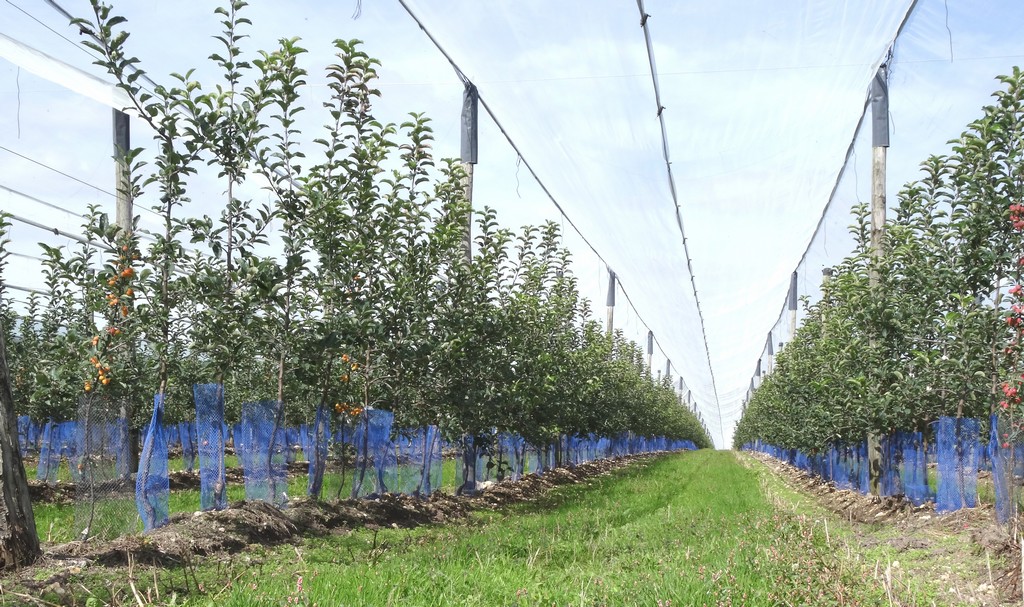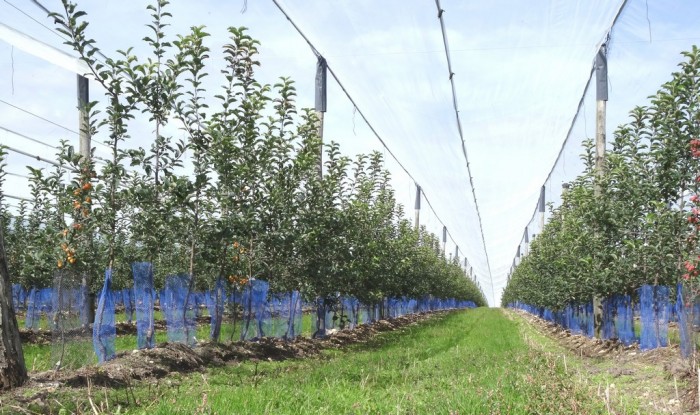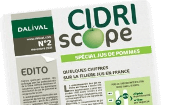 Nous contacter
Nous contacter
Advice
Share this advice
 Share this advice
Share this advice
Prepare the plants for planting
DALIVAL PLANT ADVICE : Prepare the plants for planting
| Rehydration |
| The before the planting, especially if done in Spring (February to may), it is advisable to fully submerge the plants in water for 2 or 3 days. This technique allows giving turgor to all vegetable cells and optimise their recovery. |
| Preparation of the root system before planting |
| In the past, plants were pruned 50 cm from the ground and our elders used to refresh, i.e. cut the roots at the height of the rootstock to rebalance the above ground part with the root system. The goal was to make the roots grow and reduce the upper part of the tree. This technique also facilitates the installation of mice protection meshes and planting without digging large holes. Despite these habits, one must not cut the roots as the plants provided today often have a highly developed top volume, which is practically not pruned. |
| Preparation of the top part of the tree in windy regions |
| In particularly windy regions such as south east France or the Alps, there may be dehydrated vegetable material before starting. To limit this phenomena, it is important to reduce the tree top volume on planting by cutting branches of the plant at 2 or 3 buds and prune the axis between 30 and 50 cm. It is also advisable to protect the tree with lining (physical protection). |
| IRRIGATION: 1st water contribution |
| The following day after planting, it is important to make a massive water contribution (5 to 10 litres per tree) to stick fine earth to the roots and avoid air pockets, as this would prevent growth by dehydration, water accumulation and root asphyxia. This water contribution is not harmful for plants as new roots have not come out. Therefore there is no risk of asphyxiation at this time. To favour growth of plants before installing irrigation at the orchard to water with the help of a large bucket or a spay with valve and tube. |
| Care with excess |
| It is necessary to add a sufficient amount of water from the start of the vegetation season, so that the soil is a fresh as possible in the root area, without causing asphyxia or lack of water, as the small roots are very sensitive to extreme conditions. These small roots are essential as the plant starts to feed from there to become autonomous. But for these roots to become active and absorb the solution in the soil, they need air, which is present in the gaps in the soil. If the mass contribution of water is made during a too long period, water uses up the air of these small gaps, asphyxiating young roots. In this case, the physiological reaction of the plant is very clear: the leaves wither and then darken from the outside to the middle. Leaves dry and stay on the tree (do not fall from the tree or very little). The irrigation of a young orchard is, therefore, a highly technical act that cannot entail shortages or excesses. Hence the importance of correctly selecting the irrigation system during this first phase of planting. |
| Irrigation material |
| The chosen material mainly depends on the organisation of the orchard. |
| Sprinkling |
| Sprinkling, which helps to suitably distribute water on the surface, is a good method. The soil can accumulate a certain volume of water and cause a tampon effect with a high favourable inertia. Likewise, sprinkling helps to prevent freezing, although it is the method that uses most water. |
| Drip irrigation |
| Irrigation by dripping is also interesting if the linear amount of droppers can homogeneously water at the root of young plants. Therefore, the dropper must be placed right in front of the tree. In order to optimise its efficiency, we recommend using reduced flow droppers, placed every 40 or 60 cm maximum. The irrigation frequencies shall be short but repeated. A sandy soil that filters will require greater irrigation frequency than a clay soil, which retains water. |
| Irrigation through gravity |
| Irrigation through gravity is not the best method, as it is used with a frequency between 10 and 15 days. Firstly, it causes asphyxia of the roots and later, quickly, a state of dryness. Avoid this method if there other possible alternatives. |
| Material to take a decision on irrigation |
| The material that measures the hydric state of the soil (probes) is a great help to decide what type of irrigation to use. Same as the material that detects growth and decrease movements in the diameter of the trunk (e.g. Pepista®). These movements reflect the wellbeing or hydric stress of the vegetable. Together with these hydric sensors and monitoring rainfall, irrigation management can be very precise and, ultimately, can represent a real savings and improve the production in terms of colour quality and agricultural potential. Note: in any case, it is very easy and important to regularly check with a shovel the hydric state of the soil on a root level, to take the best decisions. |


Archive of Pommoscopes
Request Quotation - Prepare the plants for planting
 English
English Français
Français Deutsch
Deutsch Español
Español Italiano
Italiano Русский
Русский Polski
Polski






